This is part one of two-part series exploring how we can embrace the opportunity to create a transportation system that works better for Maine people. In part one, we explore what’s wrong with our system now and in part two we explore the solutions that will lead to healthier, more affordable choices for residents living in communities across the state.
Maine has a transportation problem. The ways we move people and goods around the state are too expensive, too dangerous, and create too much pollution. It is increasingly clear that this system is not sustainable from an economic, equity, or environmental standpoint.
This problem isn’t unique to Maine, but it is particularly acute in a rural state such as ours that has historically spent too much on car infrastructure and too little on public, active, and healthier community-based options.
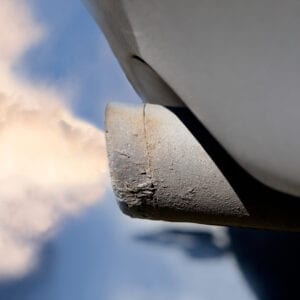
Reducing climate pollution from the Transportation Sector is “Plan A” in the Climate Action Plan, and here’s why: transportation is by far the most polluting sector in our state, accounting for nearly half of Maine’s annual greenhouse gas (GHG) emissions. The majority of those emissions, more than two-thirds, come from privately owned passenger vehicles, with most of the rest coming from medium- and heavy-duty trucking.
In addition to climate concerns, our transportation system hurts the environment through unhealthy air pollution, road salt,¹ tire dust and vehicle debris,² and wildlife collisions³
The Maine Department of Transportation has described its efforts in recent years as “managing the slow decline of our transportation system” because revenues have not been keeping up with growing material, construction, and maintenance costs. Maine has a large, sprawling network of roads and bridges that are a challenge to maintain, leaving limited funds available for alternatives such as public transit and safe walking and biking paths.
It isn’t just our state that is struggling with cost — families are also challenged to keep up with the rising expenses of vehicle ownership. It now costs more than $12,000 a year to own and operate a personal vehicle, which is around 17% of the median income in Maine.4 More than 90,000 people of driving age do not have a driver’s license in Maine, and more than 40,000 households across the state don’t have access to a personal vehicle.5 With limited alternatives available, this leaves many people in Maine cut off from economic centers, essential services, and recreational opportunities. Even people that do have regular access to a vehicle can face unexpected costs or have limited alternatives when their car is in the shop.
The truth is, Maine is not making the progress we need to address these problems.
Last year, Maine failed to adopt Advanced Clean Cars II and Advanced Clean Trucks, emissions standards that were the top two recommendations from Maine’s 2021 Clean Transportation Roadmap to reduce transportation emissions.
And, we’ve been going the wrong way on car traffic. People are driving more than they were before the pandemic, directly counter to our climate action plan goals. Unfortunately, this is strongly correlated with road degradation as well as pedestrian deaths and injuries. Maine is experiencing a spike in pedestrian collisions, with more accidents in the past several years than have ever been recorded in the state.6
Maine’s transportation problem has been compounded over time by development practices that prioritize cars over people. We do not have to continue this trend. There are several ways we can act right now to make smarter decisions about our transportation system that will benefit current and future generations of Mainers.
Stay tuned for part two: Solutions.
—Josh Caldwell, NRCM Climate & Clean Energy Policy Advocate and Outreach Manager
__________________________________________
1 EPA, Winter is Coming! And with it, tons of salt on our roads, November 2020, https://www.epa.gov/snep/winter-coming-and-it-tons-salt-our-roads
2 Yale School of the Environment, Road Hazard: Evidence Mounts on Toxic Pollution from Tires, September 2023, https://e360.yale.edu/features/tire-pollution-toxic-chemicals
3 Pew Research Center, Wildlife-Vehicle Collisions Are a Big and Costly Problem and Congress Can Help, May 2021, https://www.pewtrusts.org/en/research-and-analysis/articles/2021/05/10/wildlife-vehicle-collisions-are-a-big-and-costly-problem-and-congress-can-help
4 AAA, The Price of New Car Ownership Continues to Climb, September 2024, https://newsroom.aaa.com/2024/09/aaa-your-driving-costs-the-price-of-new-car-ownership-continues-to-climb/
5 John T. Gorman Foundation, Data Brief Shows Gaps in Maine Families’ Access to Transportation, January 2025, https://www.jtgfoundation.org/2025/01/data-brief-shows-gaps-in-maine-families-access-to-transportation/
6 Portland Press Herald, “Maine’s seen 6 pedestrian deaths this year already. Last year at this time? None.” March 2025, https://www.pressherald.com/2025/03/04/maines-seen-6-pedestrian-deaths-this-year-already-last-year-at-this-time-none/
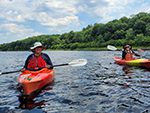
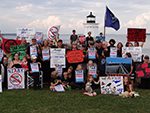

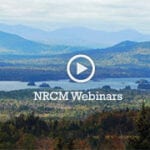
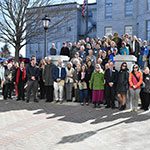




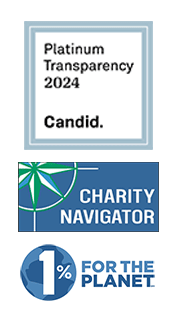

Leave a Reply